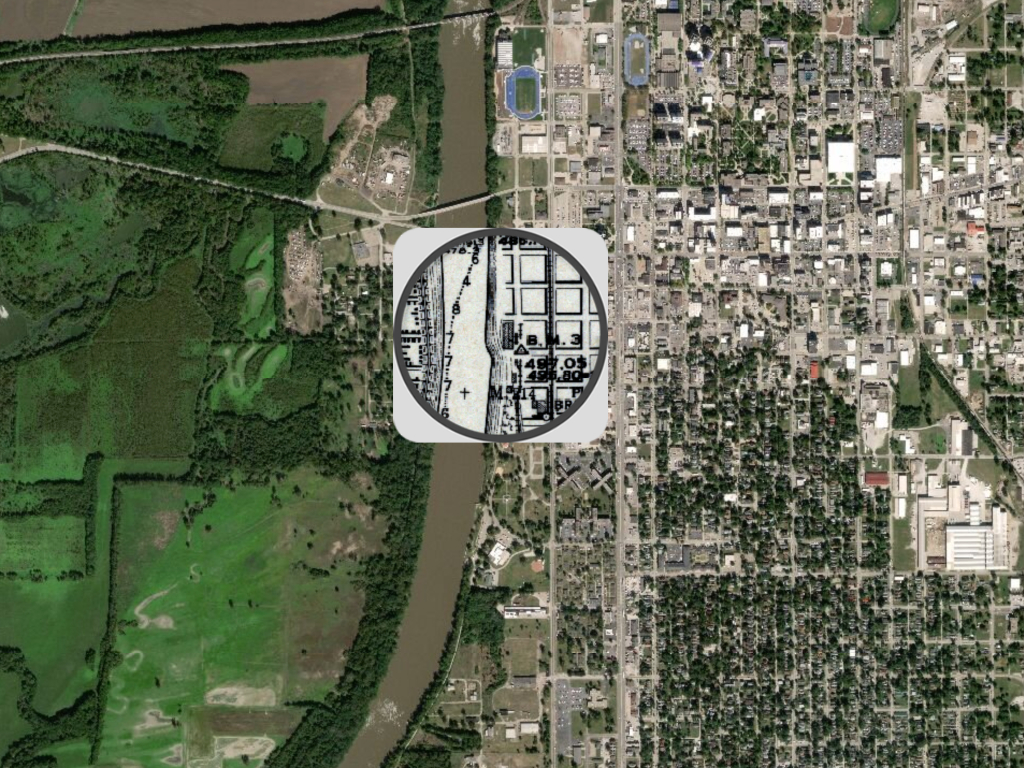The Problem
Humans have extensively modified Indiana’s landscape to produce the food, fuel, and fiber necessary for modern society, altering the environment over centuries—from the scale of individual farms to entire river basins. Observers can see the results of these modifications, but documentation of the human changes that created Indiana’s current hydroscape and landscape is scattered across a wide range of sources.



